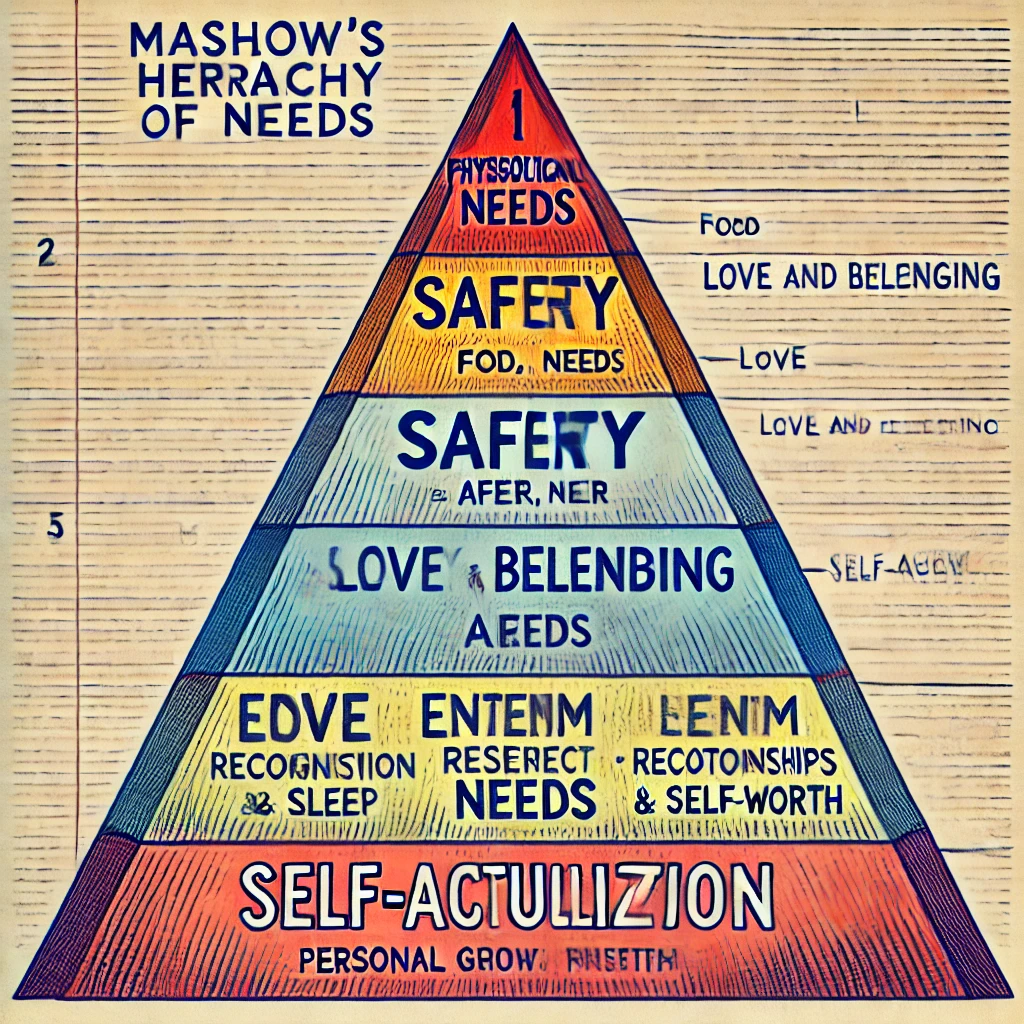Freud’s Theory of Dreams
Introduction to Freud’s Theory of Dreams
Sigmund Freud and Carl Jung stand as monumental figures in the field of psychology, each contributing significantly to the understanding of the human mind. Freud, often regarded as the father of psychoanalysis, introduced groundbreaking theories that cast light on the unconscious mind. Central to his work was the interpretation of dreams, which he believed served as a window into the unconscious, revealing hidden desires and unresolved conflicts. According to Freud, dreams were the “royal road” to understanding the unconscious. He posited that they were composed of manifest content, the storyline of the dream itself, and latent content, the hidden psychological meaning.
Carl Jung, a contemporary and initially a close associate of Freud, developed his own unique perspective on dreams. While he agreed with Freud on the significance of the unconscious, Jung diverged in his interpretation. He proposed that dreams were not merely expressions of repressed wishes but also carried messages from the collective unconscious. This concept of the collective unconscious included archetypes—universal symbols and themes shared across humanity. Jung believed that dreams functioned as a means for the psyche to communicate important information to the conscious mind, aiding in the process of individuation, or personal development.
Both Freud and Jung saw dreams as crucial to understanding the unconscious mind, yet their theories presented stark contrasts. Freud’s approach was more focused on the individual’s repressed sexual and aggressive instincts, while Jung’s was broader, incorporating a more spiritual and holistic view of the psyche. These differing perspectives laid the groundwork for their respective schools of thought in psychology, influencing countless subsequent theories and practices.
This introduction to Freud and Jung’s theories on dreams sets the stage for a more detailed exploration of their divergent paths. By examining their contrasting methodologies and interpretations, we can gain a deeper appreciation for their enduring impact on the study of dreams and the unconscious mind.
Freud’s Theory of Dreams: Wish Fulfillment and the Unconscious
Sigmund Freud’s theory of dreams, as articulated in his seminal work ‘The Interpretation of Dreams,’ posits that dreams are manifestations of repressed desires, often of a sexual or aggressive nature. According to Freud, the primary function of dreams is wish fulfillment, wherein the unconscious mind attempts to resolve these repressed desires via symbolic representation. This process allows individuals to confront desires that are deemed unacceptable or distressing in waking life.
Freud’s theory distinguishes between two levels of dream content: manifest and latent. Manifest content refers to the actual storyline or imagery of the dream, which is often bizarre and nonsensical. In contrast, latent content represents the hidden, unconscious thoughts and desires that the dream expresses. The transformation from latent to manifest content occurs through a process Freud termed ‘dream work.’
Dream work encompasses several mechanisms, including condensation, displacement, and symbolism. Condensation involves the merging of multiple ideas or images into a single element within the dream. Displacement shifts emotional significance from an important idea or object to a less significant one, thereby disguising the true meaning of the dream. Symbolism allows abstract thoughts and desires to be represented by more concrete images within the dream.
Freud utilized dream interpretation as a pivotal tool in psychoanalysis, aiming to uncover unconscious conflicts and desires. By analyzing the manifest content of dreams and identifying the underlying latent content, Freud believed he could reveal the hidden psychological struggles of his patients. This endeavor often involved exploring the symbolic meanings of dream elements and understanding how they related to the individual’s waking life and emotional state.
Overall, Freud’s theory of dreams offers a window into the unconscious mind, suggesting that dreams serve as a critical avenue for understanding repressed desires and unresolved conflicts. Through mechanisms like condensation, displacement, and symbolism, dreams become a complex tapestry that reflects the deepest layers of human psyche.
Thank you for reading this post, don't forget to subscribe!














